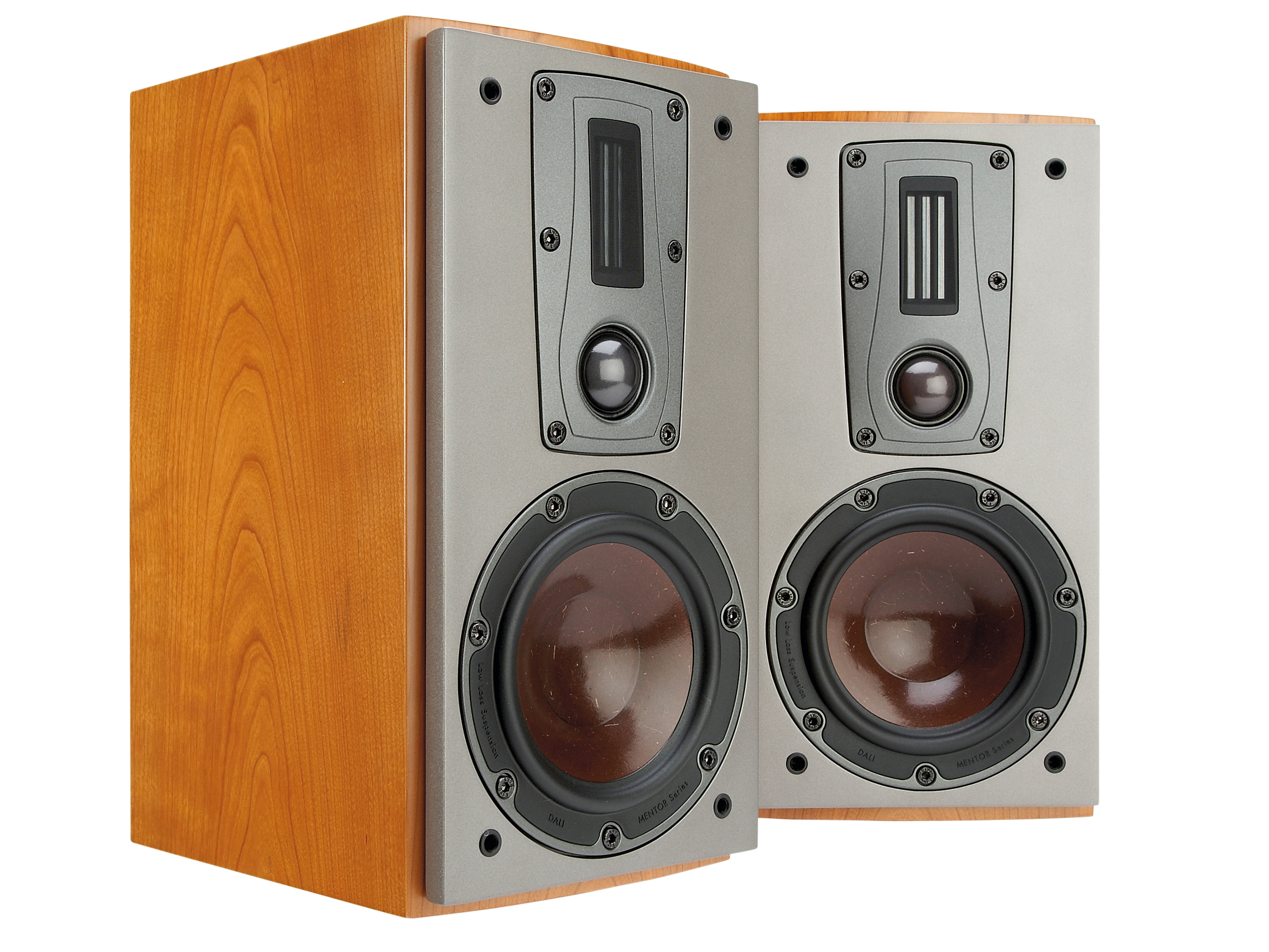TechRadar Verdict
There's more bass than you'd expect, and while the sound is a tad lean, it's splendidly coherent with fine voice expression
Pros
- +
Exceptionally pretty
Splendid coherance and vocal detail
Cons
- -
Sounds a little lean
Why you can trust TechRadar
DALI is short for Danish Audiophile Loudspeaker Industries, and the company makes a large number of different speaker ranges designed to appeal to a broad customer base.
Hitherto there was quite a large price gap between the near-budget Ikons and the considerably dearer Helicon and Euphonia ranges, and it's this gap that the recently introduced Mentors are intended to fill.
There are just three Mentor models so far: the standmount Mentors 1 and 2, plus the much larger floorstanding Mentor 6. All three use variations on DALI's proprietary dome/ribbon treble-module theme, above different-sized enclosures and bass/mid drivers.
The Mentor 1 is the smallest model in the range, and is a genuine miniature. With a price tag of £1,000 per pair, it's a relatively expensive example of the type, but it does feature top-quality ingredients throughout, combining a small 130mm bass/mid driver with a 95mm dish-shaped doped-paper diaphragm, loaded by a rear-ported enclosure of around seven litres, alongside the '1.5-way' tweeter array.
This treble module combines a 28mm soft dome and a 17x45mm ribbon on a single chassis. The ribbon operates above 10kHz, partly to extend the bandwidth, and partly to ensure consistent and wide lateral distribution.
The very solid little enclosure is beautifully finished in a smooth and well-figured real-wood veneer, and has slightly convex front and back panels, presumably in order to reduce standing-wave focusing. The drivers themselves are mounted on an extra silver-grey flat baffle panel.
Wall-mount bracket-mounting lugs are fitted to the rear, but would seem best avoided in view of the lab findings. High-ish stands are needed to get the ribbon up close to seated ear height and stay within its vertical 'window' - the 60cm stands in our testing room were just tall enough. A single pair of terminals is integrated with a moulded port.
Sound quality
It's tempting to assume that this little speaker should be placed close to a wall, especially in view of the little bracket-mounting lugs fitted on the rear, but in practice it seems better kept out in free space on proper stands, to avoid the midbass becoming too strong.
The net result is inevitably somewhat bass-light, but not to the extent that it spoils one's enjoyment of most types of music.
Although one might have wished for a bit more bottom-end welly and warmth, especially with heavier rock and dance tracks, the fine openness, evenness and good detail projection further up the band make the shortcomings through the lower octaves very easy to forgive.
One could argue that the DALI's upper midband is slightly hyped, as the in-room measurements suggest, and perhaps that should be taken as a criticism in strict high-fidelity terms.
However, it's also one of the factors that makes listening to this little speaker a whole lot of fun, with its crisp coherence, fine communication skills and superior stereo imaging.
It might be small and a little lacking in weight and warmth, but this is nevertheless a thoroughly entertaining speaker, with a notably clean and well integrated top end.
So much so, in fact, that one soon forgets its limitations and appreciates the clarity and expression that it brings to human voices, as well as the essential sweetness that it brings to everything.
Tech.co.uk was the former name of TechRadar.com. Its staff were at the forefront of the digital publishing revolution, and spearheaded the move to bring consumer technology journalism to its natural home – online. Many of the current TechRadar staff started life a Tech.co.uk staff writer, covering everything from the emerging smartphone market to the evolving market of personal computers. Think of it as the building blocks of the TechRadar you love today.
